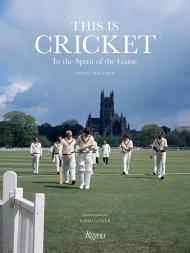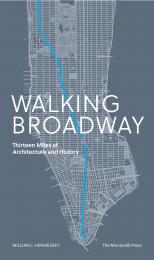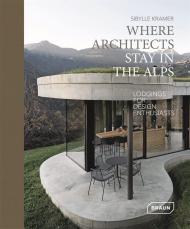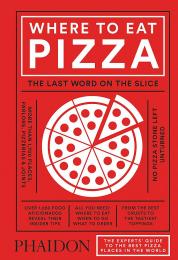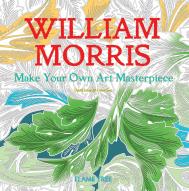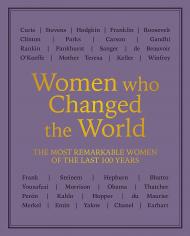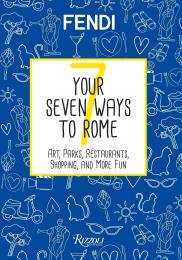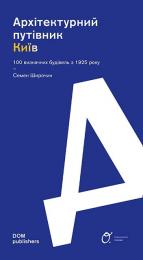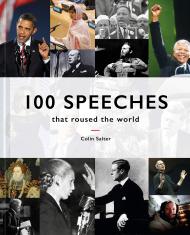Надихаючий путівник, розроблений для любителів вина: виноградники, які варто відвідати, сезони, які варто відвідати, урожай і органічні продукти, які можна випити, і як отримати максимум від кожного виноробного регіону.
Пригоди, описані в цій атмосферно ілюстрованій книзі, підживлять уяву любителя вина майже нескінченною низкою відвідин виноградників, визначних пам’яток і подій, які варто відвідати, — фестивалі врожаю, пікніки у виноградниках, вихідні у виноробні регіони, дегустаційні тури та винні ресторани.
Розроблений, щоб висвітлити найвигідніші виноробні напрямки у світі, цей путівник охоплює спектр від традиційних (винний обід у Бордо чи екскурсія португальськими портовими будівлями) до веселих і дивних. Деякі ідеї є активними – велосипедна прогулянка по регіону Шампань або топтання винограду в італійській сільській місцевості – тоді як інші більш міські, наприклад, екскурсія літніми винними садами Відня чи культовими енотеками Риму. Панелі бічної панелі детально описують, що робить кожен регіон особливим, і містять списки п’яти найкращих місцевих вин, які варто шукати.
Тут є щось на будь-який смак і на будь-який рівень знань – від постійних учасників #WineWednesday до початківців енофілів, які тільки починають.
Про автора:
Саймон Дж. Вулф – відомий коментатор натуральних, органічних і біодинамічних вин, який пише про вина та напої та має нагороди. Його статті регулярно з’являються в Decanter, World of Fine Wine та багатьох інших виданнях. Він є редактором The Morning Claret і нещодавно виграв Міжнародну нагороду Луїса Редерера для винних авторів. Зараз він живе в Амстердамі.

